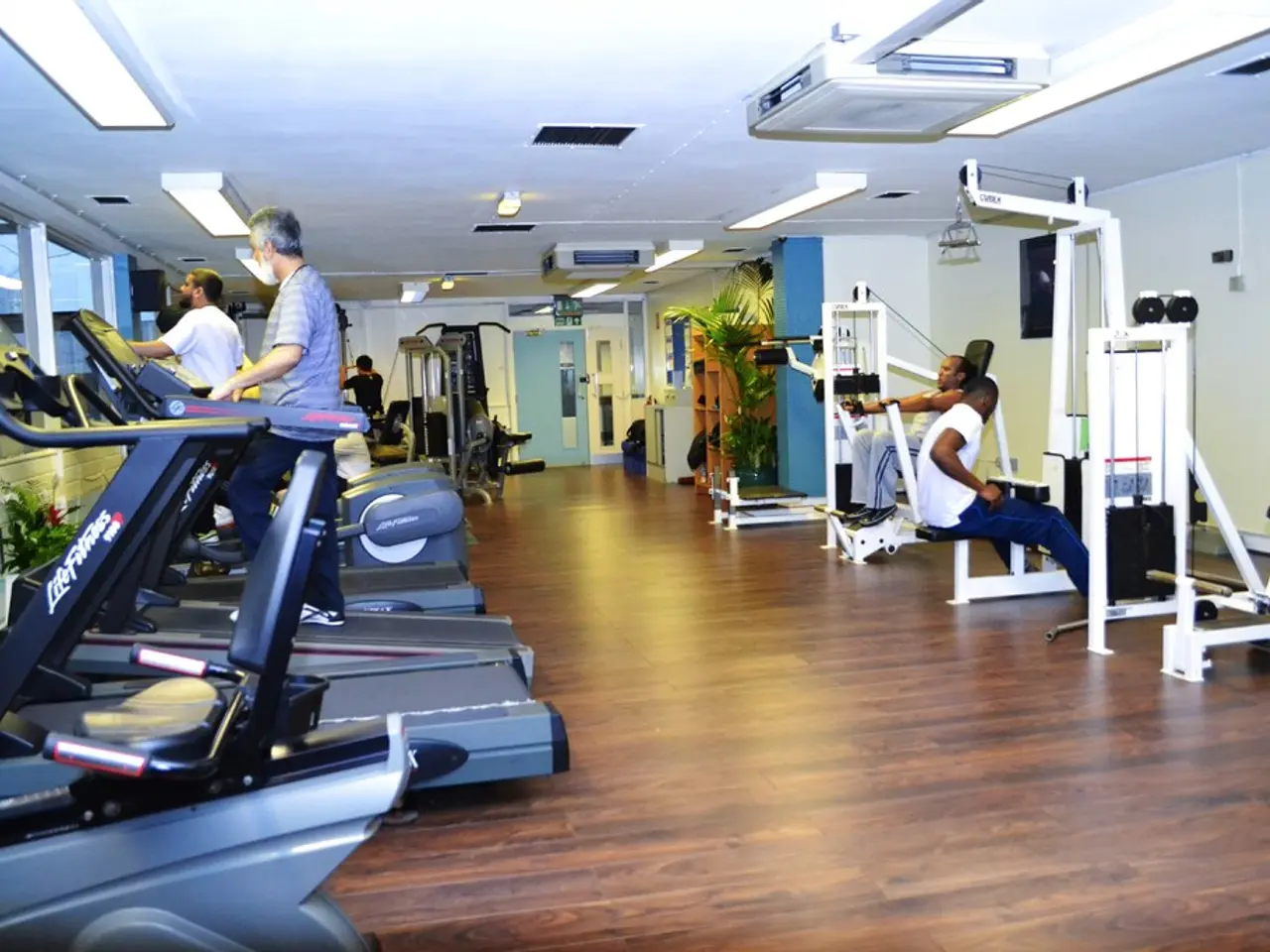Solutions for Alleviating Stress and Improving Wellness Within a Defined Time Period
In today's fast-paced world, stress has become an inevitable part of many people's lives. A recent survey by the American Psychological Association (APA) reveals that millennials and Gen Z are experiencing higher levels of stress due to concerns about money, job security, social issues, and the impact of social media. However, a new approach to stress management known as the "Time-Frame Solution" is promising to help reduce stress levels and improve overall wellbeing.
The Time-Frame Solution is a structured approach to managing time and tasks, designed to decrease feelings of overwhelm and enhance focus. It works by breaking work into manageable, time-limited segments and incorporating regular breaks, providing individuals with better control over their schedule and reducing cognitive overload, thus preventing burnout.
One of the key elements of this approach is segmenting work into short, focused intervals, such as 25-minute cycles followed by brief breaks. This method helps sustain mental energy and reduces anxiety caused by large, daunting tasks. Another important aspect is managing attention deliberately to minimize distractions and prevent the mind from wandering to worries or other tasks, promoting clarity and effective decision-making under stress.
Creating predictable routines is another crucial component of the Time-Frame Solution. By reducing the daily decision-making burden on the brain, this practice improves overall mental functioning and wellbeing. Realistic task prioritization and workload management are also essential, preventing excessive stress from unrealistic deadlines or overwork.
Therapeutically, this method aligns with cognitive-behavioral principles. It helps individuals identify and modify unproductive thoughts and habits related to time usage, contributing to both better productivity and improved psychological health.
Research supports the effectiveness of the Time-Frame Solution. A study in the Journal of Consulting and Clinical Psychology found that mindfulness-based practices significantly reduce stress levels, while another study by Hofmann and colleagues in 2010 demonstrated that Cognitive-Behavioral Techniques (CBT) can effectively manage stress by changing negative thoughts and problem-solving.
Exercise and a healthy diet also play a significant role in stress management. At least 30 minutes of exercise most days can help keep stress at bay, according to the Mayo Clinic. Consuming foods rich in antioxidants and omega-3 fatty acids can also help manage stress levels, as reported by a study by Grosso and colleagues in 2014.
Good social support networks are another crucial factor in reducing stress and increasing happiness, as suggested by a study by Uchino and colleagues in 1996.
In conclusion, the Time-Frame Solution fosters healthier habits, sustainable work patterns, and improved mental clarity, all of which reduce stress and enhance wellbeing in high-pressure environments. By adopting this approach, individuals can take control of their schedules, manage their stress levels effectively, and lead healthier, happier lives.
- The Time-Frame Solution, a novel approach to stress management, is designed to decrease feelings of overwhelm and enhance focus, thereby reducing cognitive overload and preventing burnout, which are common issues in today's fast-paced world.
- This solution incorporates structured time segmentation, where work is broken into manageable, short, focused intervals, such as 25-minute cycles followed by brief breaks, helping to sustain mental energy and reduce anxiety caused by large, daunting tasks.
- Additionally, the Time- Frame Solution aligns with cognitive-behavioral principles, helping individuals identify and modify unproductive thoughts and habits related to time usage, contributing to both better productivity and improved psychological health.
- Research in the field of health-and-wellness, such as studies in the Journal of Consulting and Clinical Psychology and studies by Hofmann and colleagues, support the effectiveness of the Time-Frame Solution, demonstrating that mindfulness-based practices and Cognitive-Behavioral Techniques (CBT) can significantly reduce stress levels.




